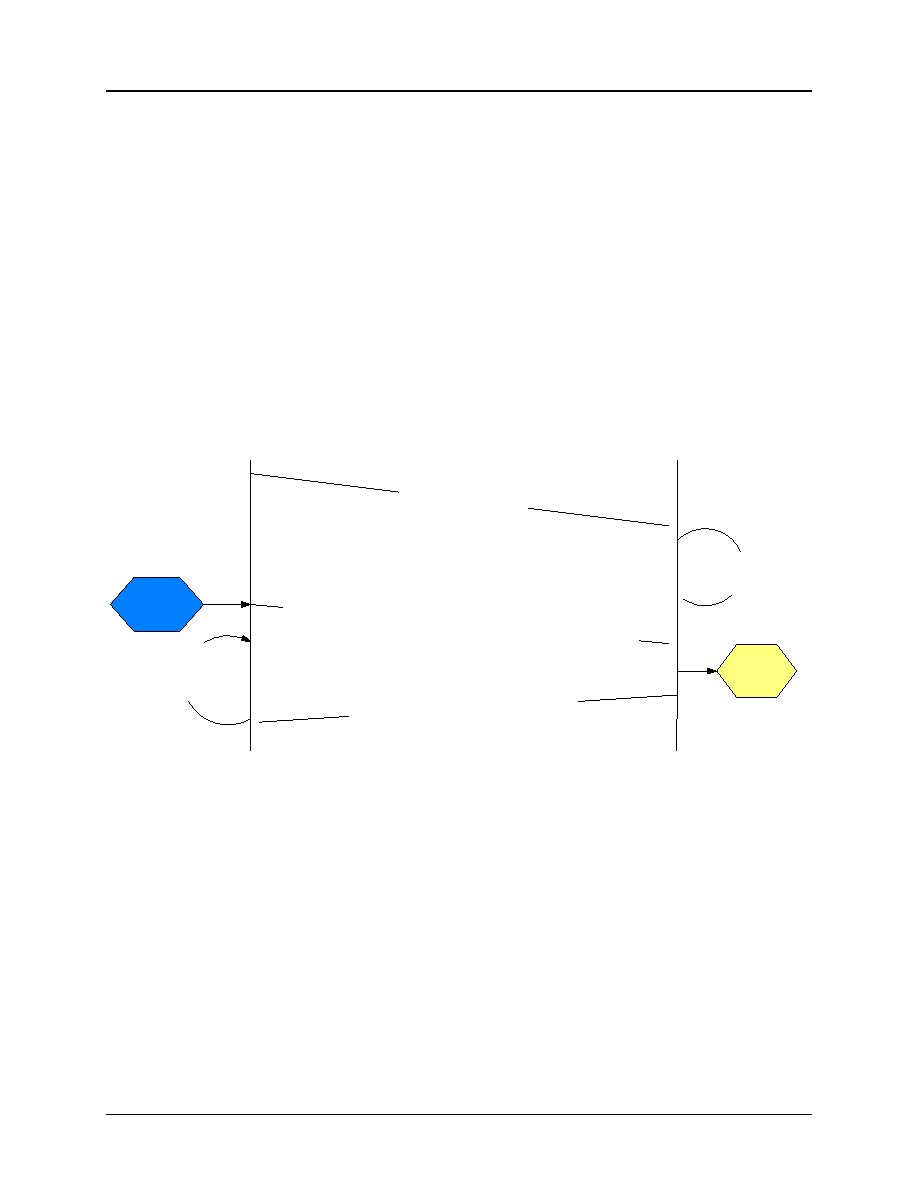- 您現(xiàn)在的位置:買賣IC網(wǎng) > PDF目錄16270 > 73S1217F-EB-LITE (Maxim Integrated Products)BOARD EVAL 73S1217F CBL/DOC/CD PDF資料下載
參數(shù)資料
| 型號(hào): | 73S1217F-EB-LITE |
| 廠商: | Maxim Integrated Products |
| 文件頁(yè)數(shù): | 64/93頁(yè) |
| 文件大小: | 0K |
| 描述: | BOARD EVAL 73S1217F CBL/DOC/CD |
| 產(chǎn)品培訓(xùn)模塊: | Lead (SnPb) Finish for COTS Obsolescence Mitigation Program |
| 標(biāo)準(zhǔn)包裝: | 1 |
| 系列: | * |
第1頁(yè)第2頁(yè)第3頁(yè)第4頁(yè)第5頁(yè)第6頁(yè)第7頁(yè)第8頁(yè)第9頁(yè)第10頁(yè)第11頁(yè)第12頁(yè)第13頁(yè)第14頁(yè)第15頁(yè)第16頁(yè)第17頁(yè)第18頁(yè)第19頁(yè)第20頁(yè)第21頁(yè)第22頁(yè)第23頁(yè)第24頁(yè)第25頁(yè)第26頁(yè)第27頁(yè)第28頁(yè)第29頁(yè)第30頁(yè)第31頁(yè)第32頁(yè)第33頁(yè)第34頁(yè)第35頁(yè)第36頁(yè)第37頁(yè)第38頁(yè)第39頁(yè)第40頁(yè)第41頁(yè)第42頁(yè)第43頁(yè)第44頁(yè)第45頁(yè)第46頁(yè)第47頁(yè)第48頁(yè)第49頁(yè)第50頁(yè)第51頁(yè)第52頁(yè)第53頁(yè)第54頁(yè)第55頁(yè)第56頁(yè)第57頁(yè)第58頁(yè)第59頁(yè)第60頁(yè)第61頁(yè)第62頁(yè)第63頁(yè)當(dāng)前第64頁(yè)第65頁(yè)第66頁(yè)第67頁(yè)第68頁(yè)第69頁(yè)第70頁(yè)第71頁(yè)第72頁(yè)第73頁(yè)第74頁(yè)第75頁(yè)第76頁(yè)第77頁(yè)第78頁(yè)第79頁(yè)第80頁(yè)第81頁(yè)第82頁(yè)第83頁(yè)第84頁(yè)第85頁(yè)第86頁(yè)第87頁(yè)第88頁(yè)第89頁(yè)第90頁(yè)第91頁(yè)第92頁(yè)第93頁(yè)

UG_12xxF_016
73S12xxF Software User Guide
Rev. 1.50
67
4.2.17 Boot Loader and Passcode Management – Available with the LAPI-*BL.lib Only
The Boot Loader code occupies the first (lower) 512 bytes of the Flash program space (0x0000 - 0x01FF)
including the passcode storage space. The Boot Loader assumes that the CPU is running at the default
clock rate which is 3.69 MHz. As a result, the serial baud rate and all soft-timers (timer 0) are calculated
based on the default CPU clock rate. The Boot Loader also only accepts Intel Hex files via the Serial
RS-232 interface. The Boot Loader and Passcode Management API include:
CheckPassCode () (page 68)
SetPassCode ( ) (page 69)
For security and authorization enforcement, the passcode is implemented, embedded and validated
within the Boot Loader code. The Boot Loader will return a hardware error if Security Mode 0 or Security
Mode 1 has already been enabled. Figure 9 depicts a successful Boot Loader scenario.
Application
Layer
LAPI
Invoke the Boot
Loader Code
Boot (U16 PassCode
)
Send Intel Hex record
(one record at a time
) in the format of:
:NNAAAARRDD
..DD.CRC<crlf>
NN=#of bytes in record
, AAAA = address
of first byte,
RR=record type - see
Note2
'P' = pass (record
is valid) OR 'F'
= fail
Validate PassCode
and wait for
Intel hex record
Start
Flash
Prog.
Start
Flash
Down
Load
If response = 'F'
resend the record,
ifresponse = 'P'
send next record
Figure 9: Boot Loader Scenario
The Passcode is a 2-byte integer data type where the second byte is the complement of the first byte.
After validating the Passcode, the LAPI will configure the device’s serial interface to be running at 115200
baud with 8 data bits, No stop bit and Xon/Xoff control enabled. It then waits for a valid Intel hex
record from the Serial RS-232 interface. The record’s checksum is checked along with its Flash address
location. The Boot Loader code area (the first page of Flash – 512 bytes at address 0x0000 – 0x01FF)
will be protected. Any hex record with addresses on the first page will be ignored. Once a valid hex
record is accepted by the device, all Flash space (except for the Boot Loader area) will be permanently
erased. For each successful hex record received by the device, the device will respond with a ‘P’. For
each failed hex record received by the device (bad CRC), the device will respond with an ‘F’. When the
device receives the last successful hex record and if there is no error, the device will immediately jump to
the start of the new application. For a sample of the usage of the Boot Loader API, review the
Pseudo-CCID application code (built and shipped in a separate TSC 73S12xxF PCCID Serial release).
Figure 10 illustrates the Flash Download and Flash Programming process.
相關(guān)PDF資料 |
PDF描述 |
|---|---|
| UPT2D221MHD6 | CAP ALUM 220UF 200V 20% RADIAL |
| MAX5391NEVMINIQU+ | EVAL KIT MAX5391 |
| GSC08DRTN-S93 | CONN EDGECARD 16POS DIP .100 SLD |
| CM453232-R56KL | INDUCTOR 560NH 520MA SMD |
| REC15-1212D/H3 | CONV DC/DC 15W 12VIN +/-12VOUT |
相關(guān)代理商/技術(shù)參數(shù) |
參數(shù)描述 |
|---|---|
| 73S1217F-IMR/F | 制造商:TERIDIAN 制造商全稱:TERIDIAN 功能描述:Bus-Powered 80515 System-on-Chip with USB, ISO 7816 / EMV, PINpad and More |
| 73S13B | 制造商:QUARTZCOM 制造商全稱:QUARTZCOM the communications company 功能描述:-20 ~ +70 °C commercia l application -30 ~ +75 °C on request |
| 73S5040G01X0A | 制造商:NEX Computers 功能描述:INTEL 40GB SSD - Bulk |
| 73S8009C | 制造商:TERIDIAN 制造商全稱:TERIDIAN 功能描述:Versatile Power Management and Smart Card Interface IC |
| 73S8009C-20IM/F | 功能描述:輸入/輸出控制器接口集成電路 Smart Card Interface IC RoHS:否 制造商:Silicon Labs 產(chǎn)品: 輸入/輸出端數(shù)量: 工作電源電壓: 最大工作溫度:+ 85 C 最小工作溫度:- 40 C 安裝風(fēng)格:SMD/SMT 封裝 / 箱體:QFN-64 封裝:Tray |
發(fā)布緊急采購(gòu),3分鐘左右您將得到回復(fù)。